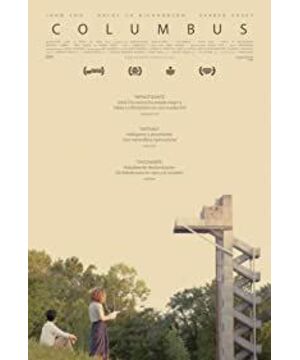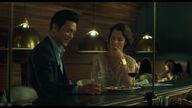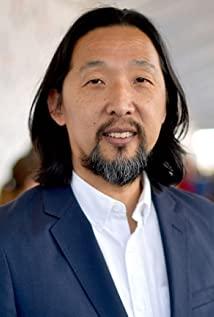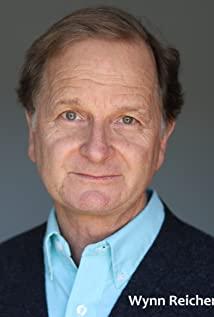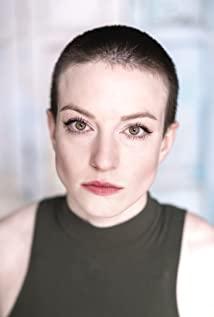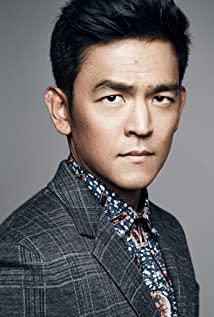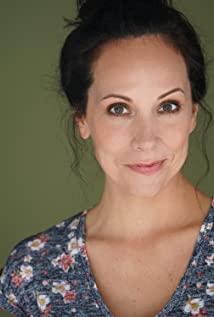- Film as absolutely impure art - To be precise, since film does not have a pure essence, in the process of stating its representation, film unfairly has a natural "linguistic advantage" over other arts. . Leaving aside the disputes over ontology and synthesis, poetry and architecture—two language systems that are completely different from images, jointly build the narrative structure of In Columbus.
Comparing, comparing this thing with another thing; Xing, talking about other things first, in order to evoke the words sung. "Bixing" is the two expression techniques of the Chinese classical poetry creation tradition described in the "Six Meanings of Poetry". ... "Bi" and "Xing" are both rhetorical methods and forms of thinking. "Bi" has more literary elements, borrows foreign objects to clarify personnel, and has more ethical functions. "Xing" has more artistic elements and goes beyond the scope of ethics. It directly connects all things and the human self, and between the self and nature, there are also "the realm of self" and "the realm of no self". Two kinds of observation.
In the aesthetic context of oriental culture, logic is lost. This kind of aphasia of linear thinking directly leads to a large lack of capture of causal relationships in traditional literary narratives, as well as the widespread use of "touching the scene to generate emotion". The Korean-American Kogonada, as a director who admired Yasujiro Ozu and grew up in oriental thinking, consciously used a large number of empty shots to list the architectural tours in Columbus, the "Mecca of Architecture", as a character. Annotation for potential relationships. Just like the "bi" in the six meanings of "Poems" - architecture and characters abnormally reverse the subject-object relationship of metaphors, the environment becomes the externalization of the character's heart, and the background of the story becomes the protagonist of the story.
"Growing up surrounded by something is commonplace." If the understanding of architecture does not stop at the figurative scene as a living environment, you can find that Jin, who knows nothing about architecture and doesn't care about it, is in the dialogue with Casey. This relationship has already been pointed out. The asymmetric and harmonious design of the First Church serves as a portrayal of the unbalanced but stable relationship between Jin (the male protagonist) and his father. It is the first node where the poetic language crosses the image and connects with the architecture as a text.
Poetry language crosses the second link between image and text. It is the bridge where Casey explains to Jin that the bank is her second favorite building: Casey is obsessed with the interpretation of the architectural language of the bank, just as movie fans are obsessed with the interpretation of the film, It is ignored that the real appreciation value of images lies in the induction of the audience's emotions - Jin interrupted Casey and led the topic to the touch of architecture on people. The audience is reminded not to put the cart before the horse -- it's director Kogonada who is on the sidelines, as a remix writer's emphasis on counter-interpretation.
Another interesting aspect of this scene is that the multi-layered presentation of the space through the mirror breaks the "outside" and "inside" of the character. The mirror reflects the truth. The audience watches the building through the intermediary of Casey and Jin, and is also reflected by the building itself and "sees" itself through the object, achieving a two-way review. First, it shows the echo of the building and the role; second, it completes the previous article. Criticism of anti-interpretation (after Jin's line "lost the spirit of exploration, constantly repeating rare anecdotes to become a trivial ruler" is the proof); the third is advanced from architectural language to space story, referring to the mirror image of Casey and Jin. Contrast relationship. ——It's still the rhetoric of "comparison" of "external things clarify people's affairs".
Modernism itself has a very complex background. Strictly speaking, modernism is not a genre, but a literary trend (including art, music, drama and architecture, etc.) ... In the late nineteenth century, the second industrial revolution shattered the cultural traditions of mankind for thousands of years. The rise of modern industry and urbanization has led to the emergence of a group of middle classes, which makes the relationship between people more alienated and indifferent. Society has become an alien force for people, and individual people feel extremely lonely. In the two world wars in the early 20th century, human beings massacred their own kind with weapons invented by technology. Western concepts of freedom, fraternity, and humanitarian ideals were devastated by the wars, and Western civilization was thrown into a profound war. Amid the crisis, modernism came into being.
As a high-frequency word in "In Columbus", "modernism" is not only the main style of Columbus architecture, but also the inner reflection of Casey and Jin who got to know each other through architecture. "Xing" in the words of Yong.
The first flashpoint of the conflict in the whole film is the dispute between Jin and Casey over the concept of each other's family. Jin's negative attitude towards the cure of his seriously ill father is not a rejection of the father and son's affection - refusing to express his grief by grasping the horse, and turning a blind eye to the cruelty of "ethics" - it was born in the traditional environment of Korea that values family and clan ties. , Jin's "modernism" style, the departure and rebellion of the mainstream traditional culture.
In connection with Casey's account of her family's past experience, it is entirely possible to attribute her fascination with modernist architecture to the lingering of speech in Freud's theory - as a representative of "tradition", the absence of a complete family led her to In vain, she defends her family in vain, and she has a dispute with Jin - but she longs to be able to truly get rid of the bondage of emotion/blood, so as to move towards "modernity" - when she suffers from her mother's "modernity" again and again. Cold violence - escaping her calls and pick-ups (Casey's insistence on using a feature phone is also a struggle against "modernity") - finally giving up the swing between "tradition" and "modernity" and choosing the opportunity to study at the University of New Haven - Step into the embrace of "modern" (architecture/environment).
It can be found from this that, with the extension of the content scope of "In Columbus", the language of poetry and architecture has penetrated more and more closely into the narrative of the image, and finally completed the transition from chaos to pure aggregation. "The artistic work of cinema is to be able to express this impurity from these pure fragments, a purity that is freed from the basic impurity. So I say that the film is a purification, a purification Work. (Alain Badiou)" Kogonada makes a good, refined attempt at the impure art of film.
Ps: I felt inspired after watching the movie in the middle of the night. I didn’t have to go to work the next day, so I decided to write a long review after a long absence. As a result, I haven't been a writer for a long time, and I've been writing more and more, and I want to sleep. The latter part will inevitably have logical omissions, repeated words, and I don't want to change it. That's it...
View more about Columbus reviews


